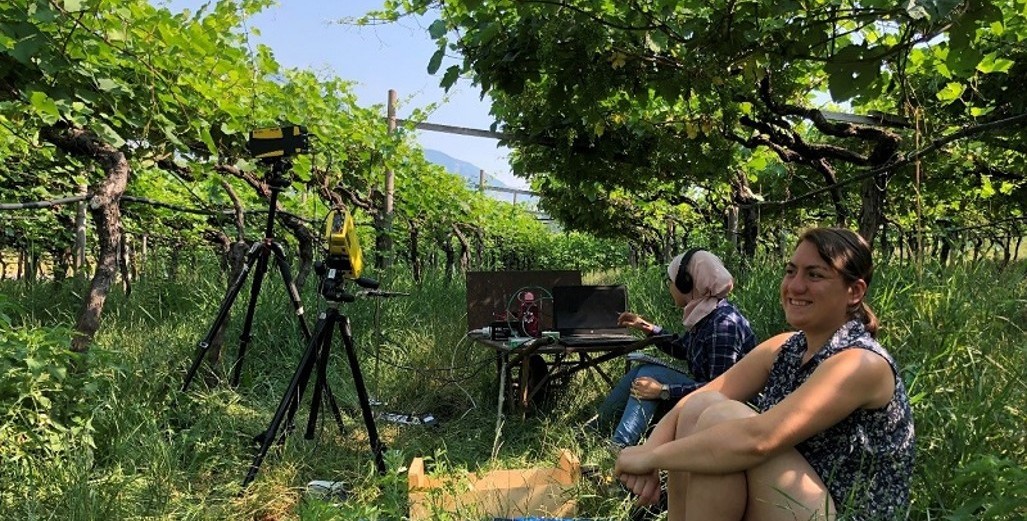The use of bumblebees for pollination in berry crops
At last week’s berry workshop Dr. Gunjan Gera, R&D and IPM advisor for Zonda Beneficials, gave a wonderful and insightful presentation into the possibilities of bumble bee pollination for berry crops and IPM controls for pests. Below is the key points of Dr Gera’s brilliantly crafted presentation.
What’s the Buzz!
The powerful bumble bee buzz allows them to “buzz pollinate” the anthers of blueberry, kiwifruit and other blossoms
Why are bumblebees great for berry pollination? Below are some of the points from Dr Gera's presentation
- Suitable for both outdoor and indoor crops
- Bumblebee wings beat @ 200 times/ sec, Speed can reach up to 54kmh
- Can carry 90% of their own body weight
- Each bumblebee transfers more pollen to the stigma as compared to the other pollinators
- One bumblebee is capable of doing the work of 50 honeybees
- More resilient to harsh weather conditions
- As in the wild, bumblebees work very well alongside honeybees
- Significant labour savings as compared to the artificial pollination methods

Above the bee rakes up a bunch of anthers, holding them against its body with its leg and “buzzes” them – the hard plates of its exoskeleton vibrates, and the amount of energy transferred from the buzzing bee causes the pollen to literally explode outward, covering the bee in pollen.
Bumble bee fungicide dispenser:
The introduction of the Zonda fungicide biological dispenser definitely caught the immediate attention of the workshop attendees. Bumblebees are recently being used for dispersal of Trichoderma harzianum, a fungicide to treat strawberry crops to prevent Botrytis cinerea. A necrotrophic fungus which can cause infection in strawberry flowers and rot in mature fruits on a large scale.
.jpg)
.jpg)
The above photo shows the new route the bumble bee must take when exiting the Zonda bumble bee hive, they take a walk through the Trichoderma and carry it on their legs directly to the flower. Brilliant!

Bumble bee pollinating a strawberry flower at the same time dispensing the Trichoderma. Absolutely the most innovative technology of the day.
Common Pests in Berries:
Two spotted Mite (Spider Mite).
- A major pest of strawberries and other berry crops.
- They are sap sucking mites that feed on the underside of leaves.
- First sign of damage are speckling and mottling on the leaf surface.
- In heavy infestations they make white webbing on the leaves.
- Affected plants are stunted and low yield. Fruit shape is distorted.

Zonda Biological Control for Spider mite:
- A small (0.5 mm) and fast moving mite.
- Orange to bright red in colour.
- A specialized predator of spider mites from Tetranychinae
- Highly voracious mite with very higher reproduction rate
- Feeds on all stages of spider mites
Western Flower Thrip
- Favored by warm and dry conditions
- WFT feeding on flowers can result in deformed fruits.
- Fruit damage is visible by surface russeting around seeds in green and mature fruits.

(above image) Zonda has Neoseiulus cucumeris for Biological Control for Thrip:
- Mainly feeds on eggs and juveniles, can eat 1-2 individuals per day
- Pest range- WFT, Onion thrips, Chilli thrips, Asian citrus psyllids, Whitefly, Broad mite, Spider mite, Russet mite
Whitefly
Whiteflies are piercing, sucking insects that can cause strawberry leaves to turn yellow.

(above image) Zonda has the broad spectrum predatory mite Amblydromalus limonicus for Biological Control for Whitefly:
- A generalist mite used to control spider mite, thrips, psyllids, whitefly, broad mite.
- Mainly feeds on eggs and juveniles.
- Note: Not good for tomato
THINGS TO REMEMBER WHILE USING THE PREDATORY MITES
- Release the predatory mites at early sign of pest infestation
- Some biologicals can be released before the signs of pests appear.
- For specialized mites re-introduction might be necessary
- Maintain ideal temperature and humidity.
- Make sure you use recommended dosage and frequency while releasing the biologicals
- Check residual period of any pesticide used in the crop before their release
- If you have to, Use only safe chemicals in your crop,
For more information on this presentation please contact Zonda on 0800 4 ZONDA (96632) or go to the website www.zonda.net.nz
Special mention to the fantastic, informative presentation from Dr Gera.



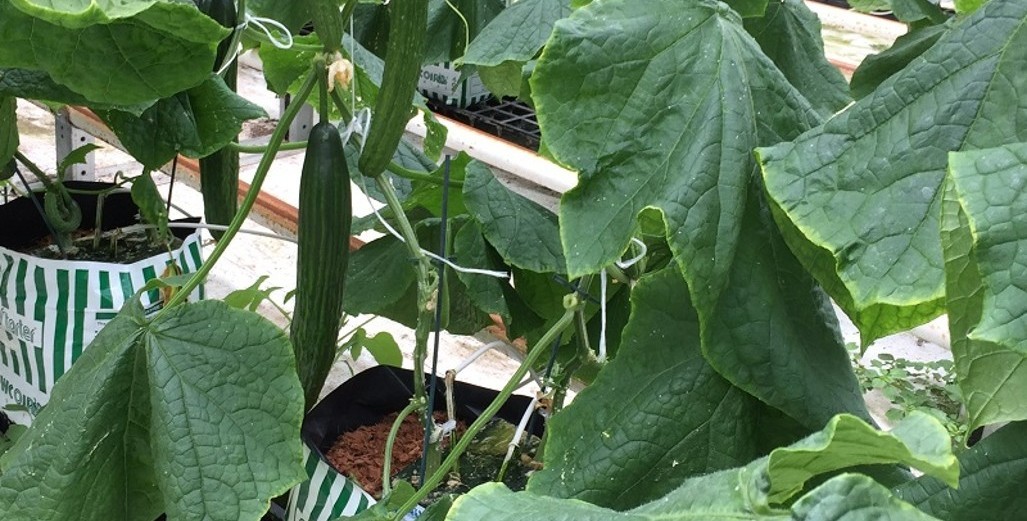

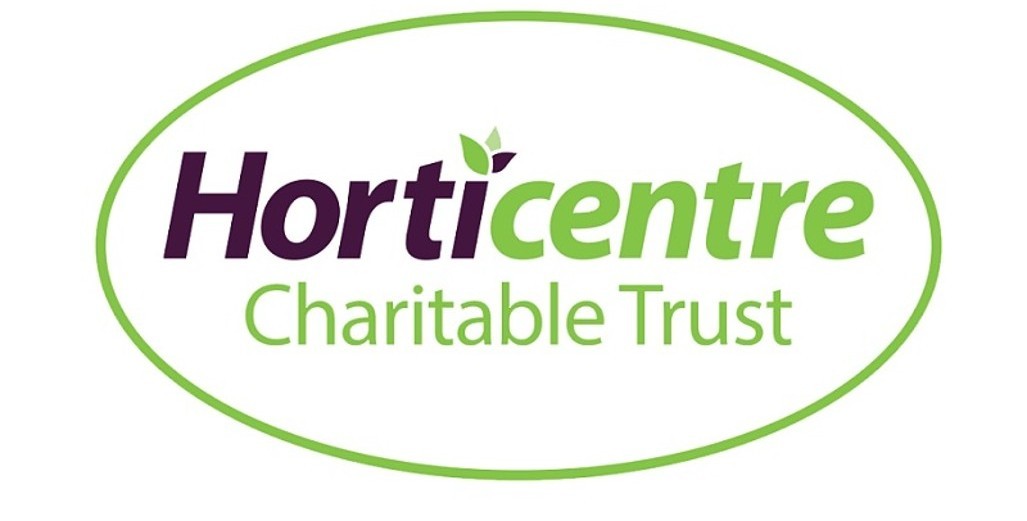
 Tony Ivicevich, trustee of the Horticentre Trust sent his apologies, he was unable to attend the workshop but sent an e-mail explaining the Horticentre Trust and how it came to exist;
Tony Ivicevich, trustee of the Horticentre Trust sent his apologies, he was unable to attend the workshop but sent an e-mail explaining the Horticentre Trust and how it came to exist;.jpg)




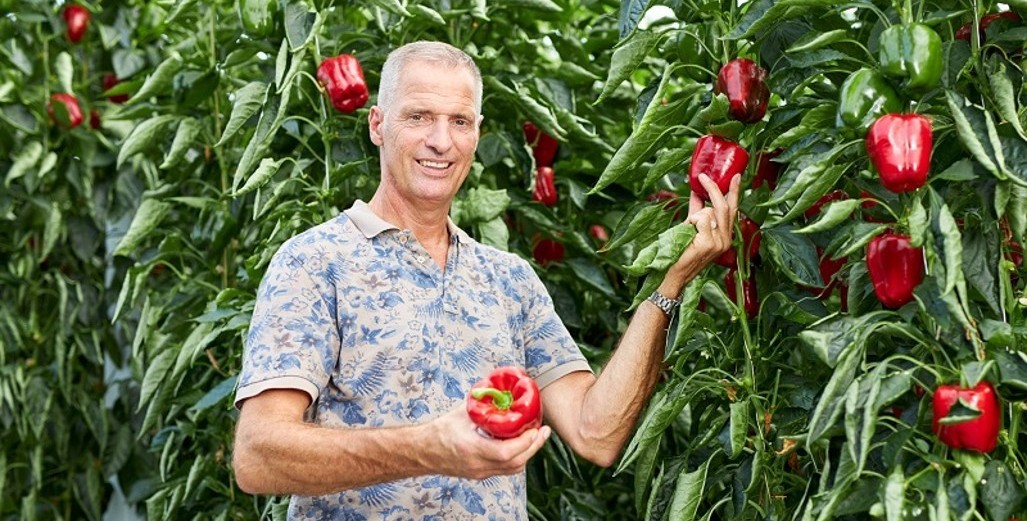

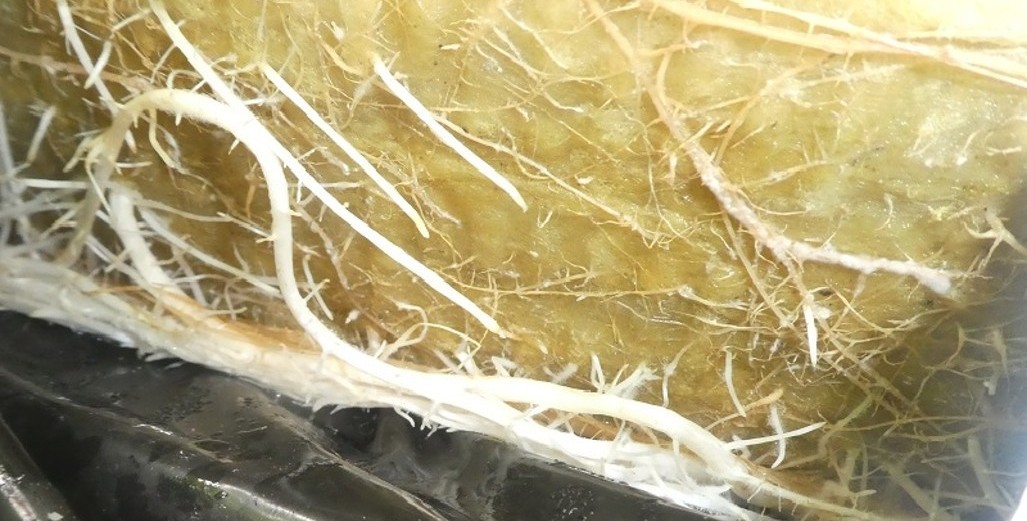
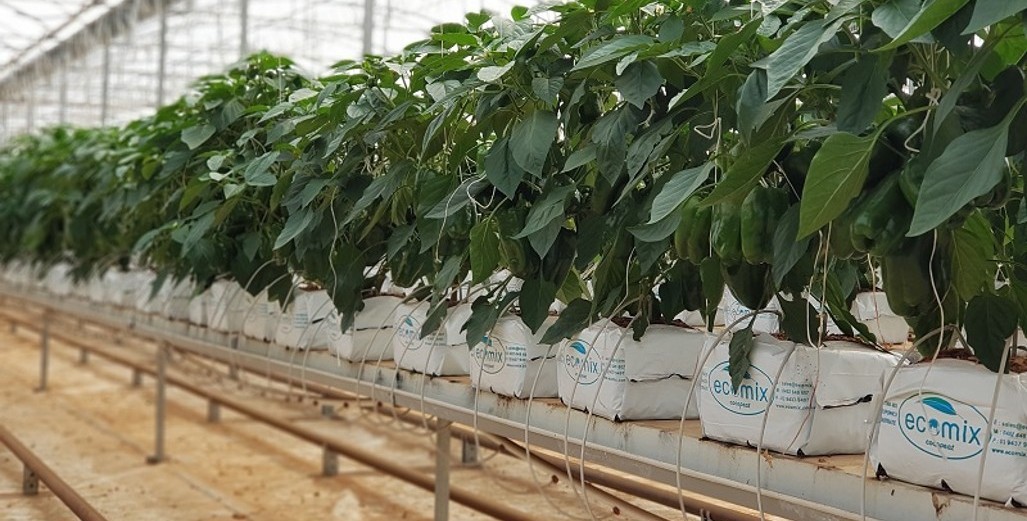
.jpg)



.jpeg)



